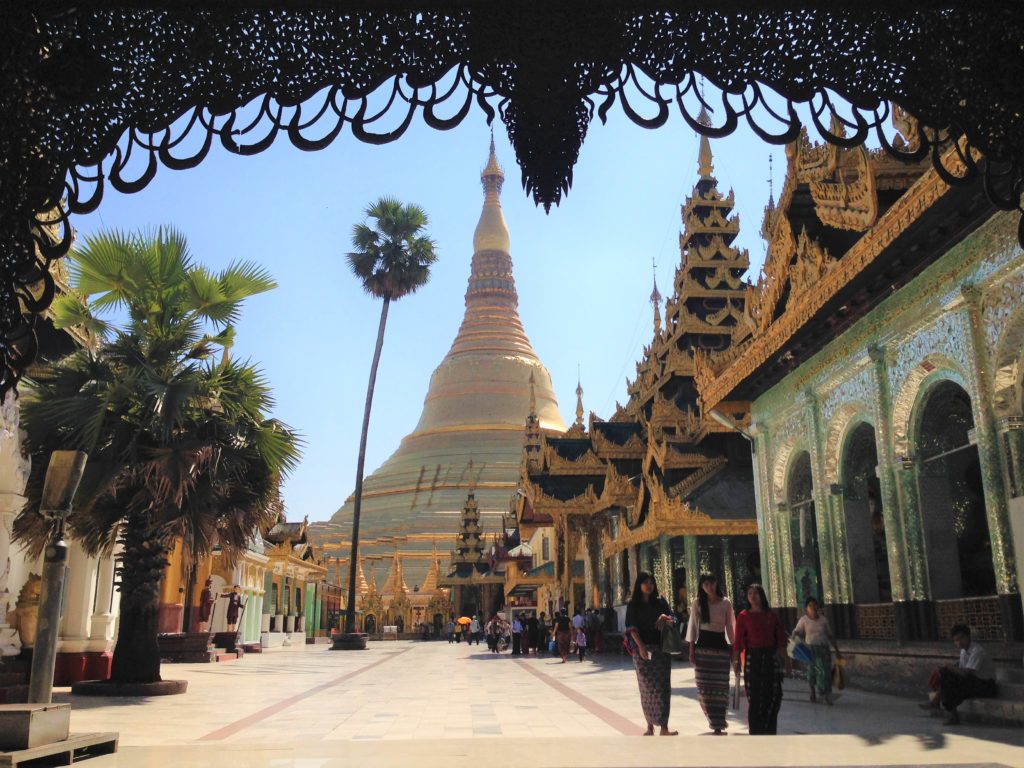
A unique gateway
With more than 5 million people, Yangon (also known as Rangoon) is the most populated city in Myanmar. It is the starting point to many who enter the country by air through Yangon International Airport (RGN) in search of authentic touristic experiences since the country opened its doors to tourism in 2012. For passports that need a visa (like mine), the fee is about USD 50. There are cheap flights from the nearby, more popular cities such as Bangkok (USD 60), Ho Chi Minh City (USD 90), Taipei (USD 120), Singapore (USD 15), and Kuala Lumpur (USD 25). Once in the city, there are plenty of destinations served by bus routes that depart daily from Yangon to (especially) Bagan, Mandalay, Naypyitaw among other destinations. The seat booking can be done online through a broker website and they usually accept credit/debit card payments.
The high density of people, the trash scattered everywhere, and the traffic jams can be a bit too overwhelming for the first impression of any country, making many tourists not wanting to spend too much time here. However, if one is capable of looking over those issues that are common to all developing countries, it is possible to see that the many beauties of this place are in the amazing landmarks as well as in the details and the simplicity of the life of its residents.
The location of the country between South and Southeast Asia, and having the busiest international airport of the country, contributes to its unique blend of Indian, Thai, Bangladesh, Chinese and others, in cuisine and religion.
Basic daily expenses
Some average daily expenses for a budget trip to Yangon are as follow:
- Daily transportation by train and bus, less than USD 5. A regular 8-kilometer taxi ride would cost around USD 6
- 2.5 GB of data (SIM card included), USD 12
- Daily meals (3), USD 10
- Night at a budget hostel, USD 10
To explore this city, I consider three days to be enough time. Some landmarks and touristic spots are outside of the city center, so it might take a whole day or a good part of it to see them without a rush. Below, there is a list of my favorite places and activities to do in Yangon.
Where to go?
1. People’s Park
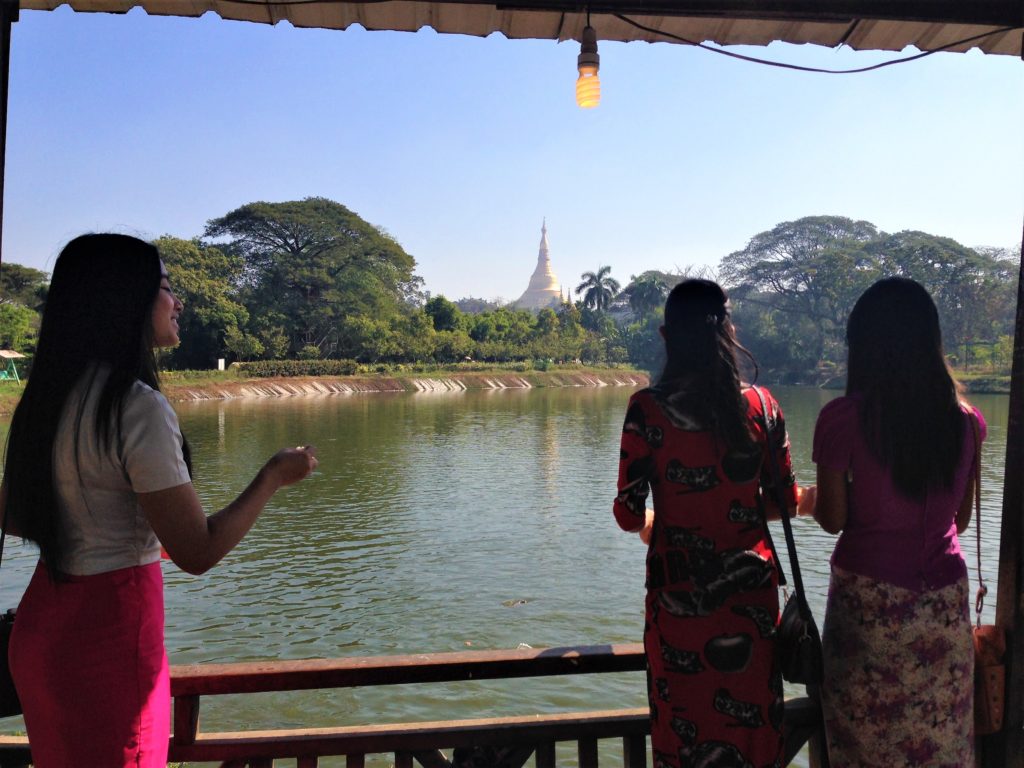
This considerably large public park hosts a beautiful pond, walking trails, and many green areas. It is also a popular meeting point for locals to hang out and spend some quality time among family or friends. There are small kiosks with snacks and drinks scattered around the park, as well as some eateries and higher-end restaurants. It is a good idea to include a visit to Shwedagon Pagoda if you make your way to this place since it is just crossing the street to the east.
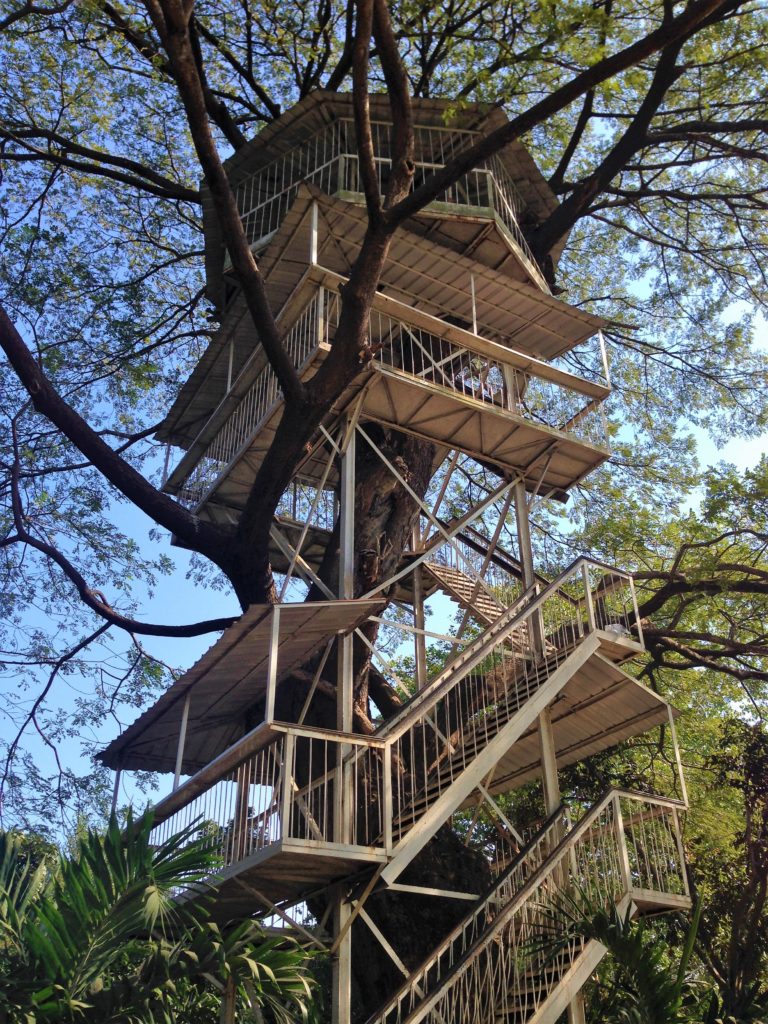
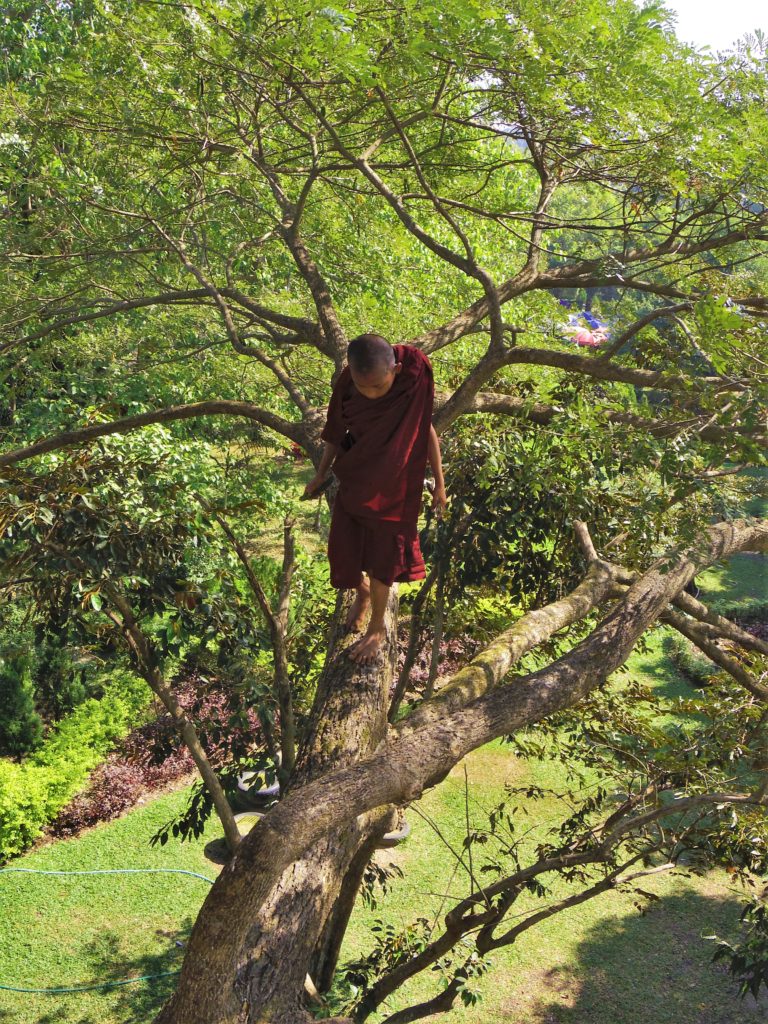
2. Shwedagon Pagoda
Just east of People’s Park lies the Shwedagon Pagoda. The official information says that inside the 99-meter central stupa, strands of Buddha’s hair are kept stored. The tourists blend with the locals in this place of worship and pilgrimage. Luckily for the outsiders, some monks speak good English and it is possible to take part on an explanatory tour if asked. This is certainly the place that cannot be left outside of any trip to Yangon. The entrance fee for foreigners is about USD8.
Some of the rules to enter this place is taking off shoes and not wearing shorts or pants above the knees. Taking pictures is allowed without any problem, and access to almost every corner is permitted too.
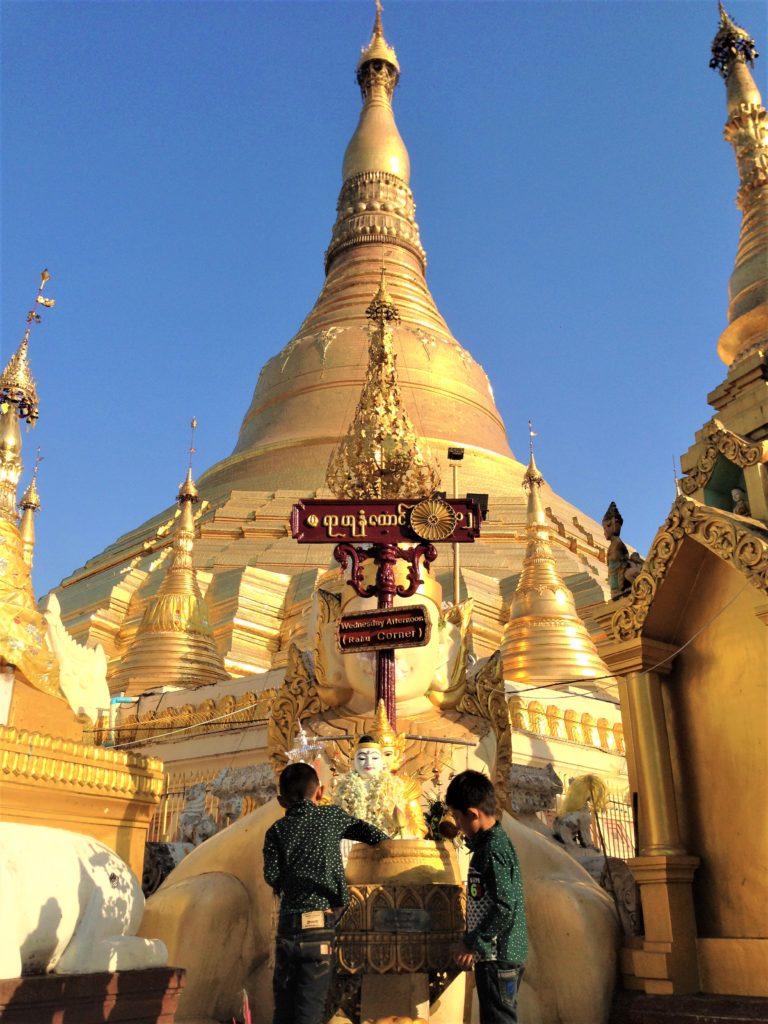


3. Hlawga National Park
Spending some time in Hlawga National Park is definitely a good idea to lose sight of tourists and the city hustle. The place is big enough to walk around and hear the sounds of nature, go for a boat ride, or just have a nap in one of the resting shacks. After buying the entrance in the ticketing area, there is a bus that goes through the park dropping and picking up visitors every half hour or so.

4. Htauk Kyant War Memorial Cemetery
North of Yangon, this war memorial is worth visiting if you are into history, and more particularly, into that of World War II events. With more than 6000 graves and more than 27,000 names inscribed in the pillars of the main structure, this place honors the memory of those allied soldiers who died in Myanmar fighting the forces of the Japanese Empire. In the central area of this memorial site, are also inscribed the words “They died for all free men” in English, Hindi, Urdu, Gurmukhi, and Burmese.

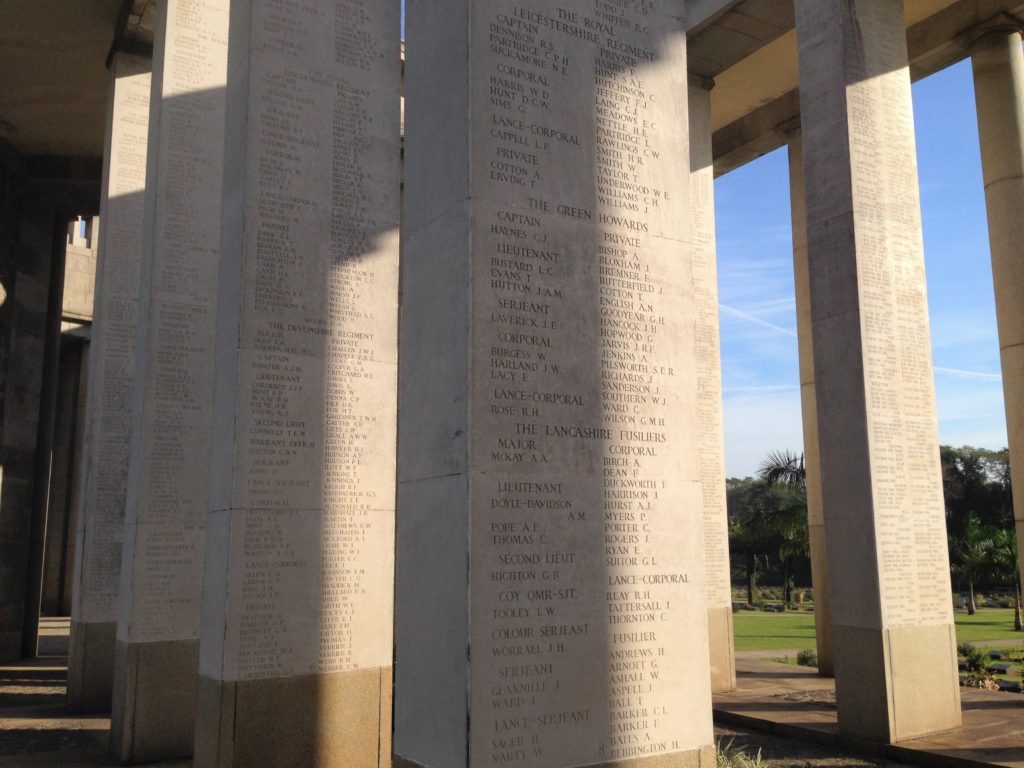
5. Walk the city streets
Simple as that. The streets of any city can say a lot about the local culture. Yangon is no exception. Observing the daily life of the citizens of Yangon is already a sight worth having. Temples, synagogues, churches, shrines, all can be found in this genuine melting pot. Besides, fruit markets, street stalls, and other stores offer curious bites and good deals. The streets are quite safe to walk during the day. At nightfall, although is also safe overall, it is wise to take basic precautions, such as avoid lonely and dark areas and keep the personal belongings on sight at all times.

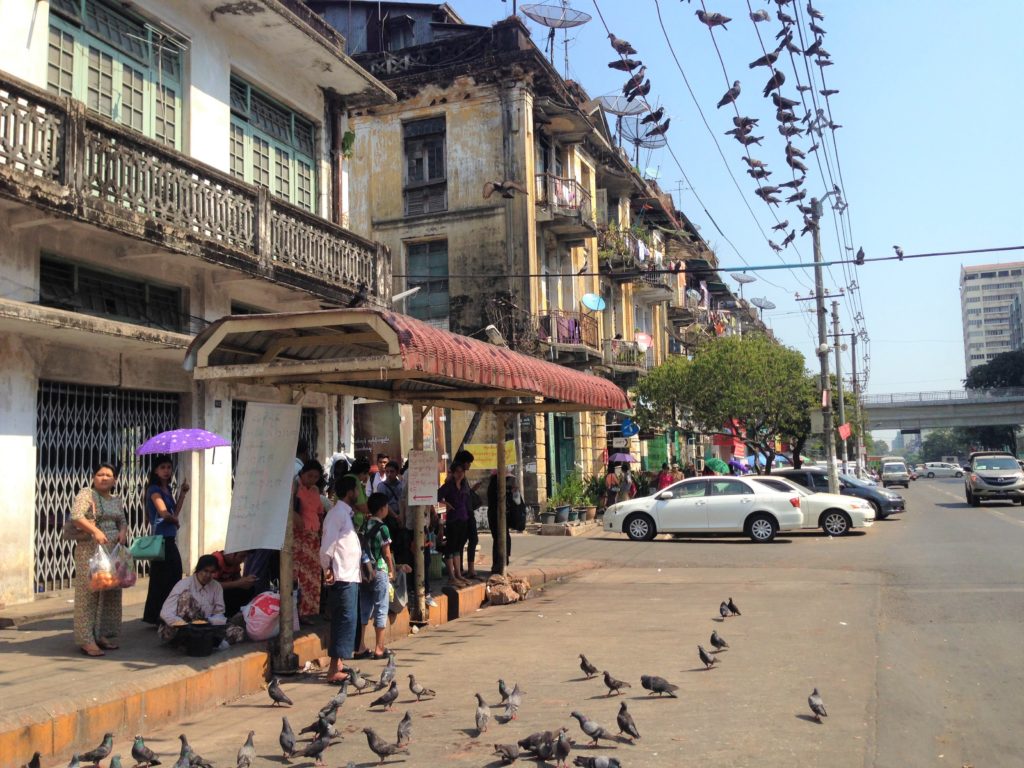
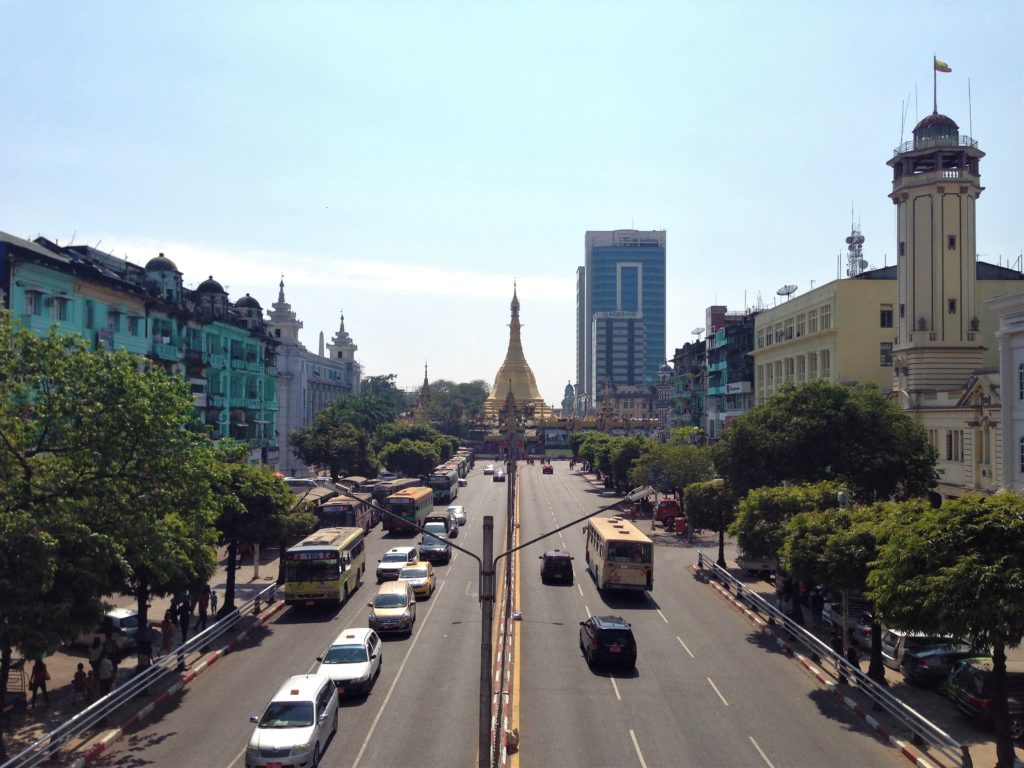
6. Nan Thida Ferry Terminal
Stalls of every kind cram the surrounding boarding area of this passenger pier. The scene might be a bit overwhelming for a foreigner, but there is enough space to watch from afar, and it is especially worthwhile at dusk, where one can witness the Yangon River “rush hour”. The boats waiting for passengers to be carried from Yangon to Dala at the other side of the river is matched with the noise of engines, seagulls, and people bargaining for commodities before departing to their homes.
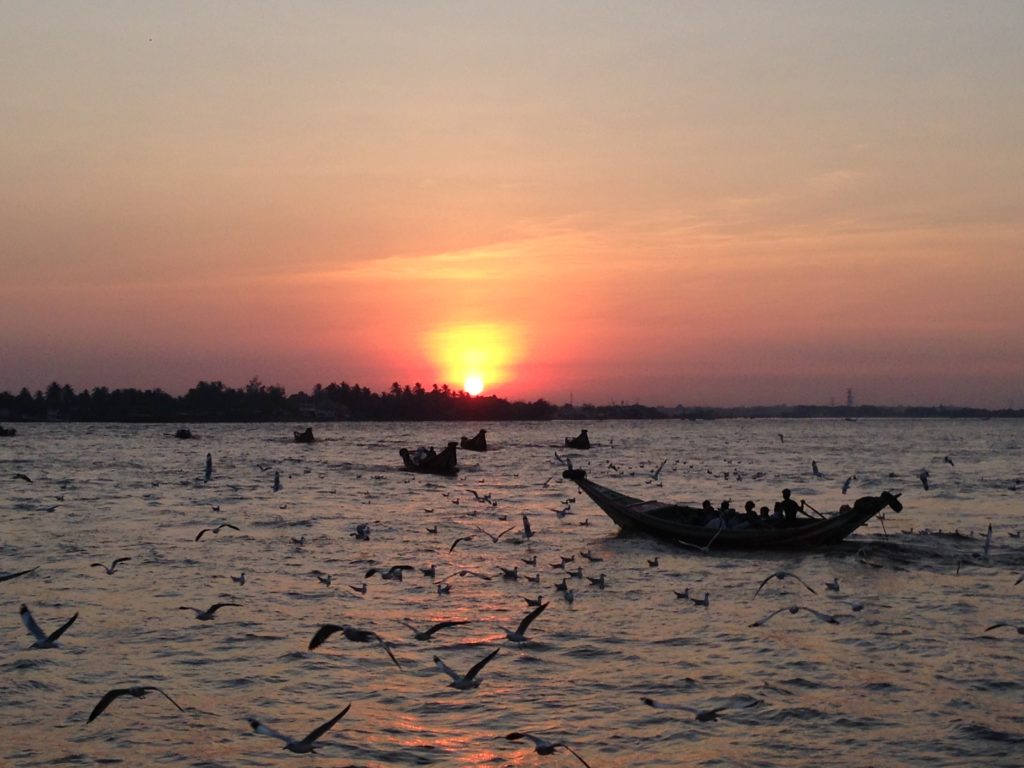
7. Yangon Circular Railway
It is the local commuter rail network that serves the metropolitan area of Yangon. This loop system with more than thirty stations connects other towns suburbs located at the city outskirts. The whole loop takes about three hours to complete. It is used by a wide range of commuters, mostly workers. Its incredibly affordable price makes it an ideal opportunity to see a cross-section of the life in Yangon while enjoying a corn in a stick, or a cold drink bought from the informal sellers that come up and down at some stations. The hours of service go from 4 am to 10 pm, and you can start the travel from Yangon Central Railway Station.
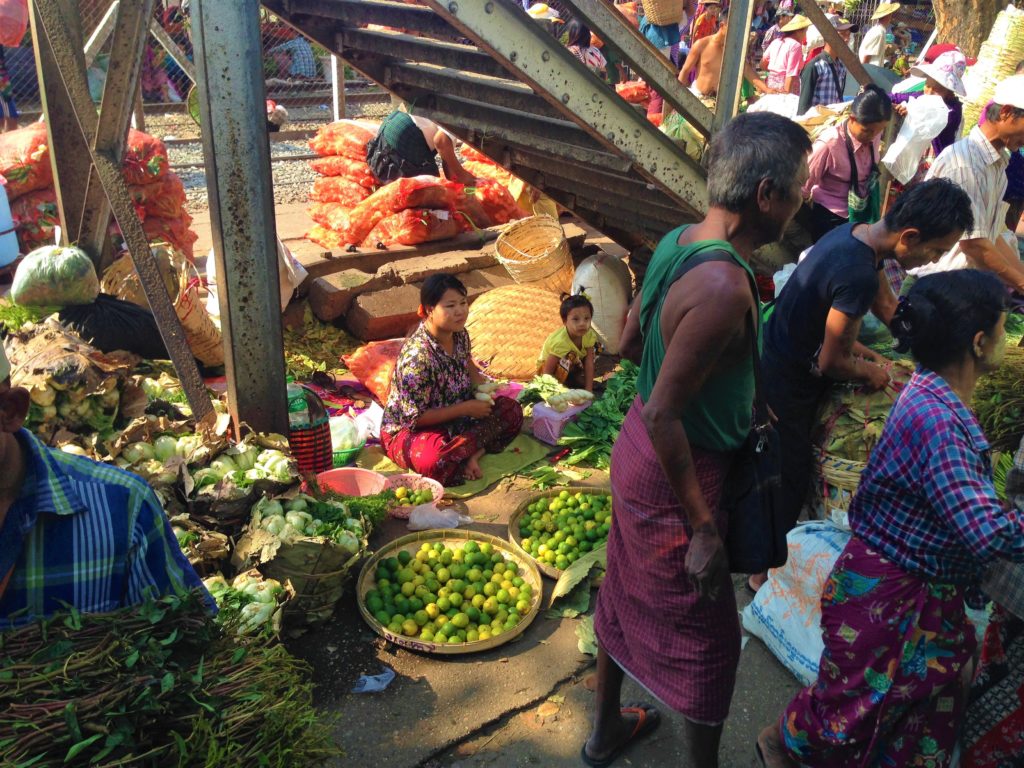
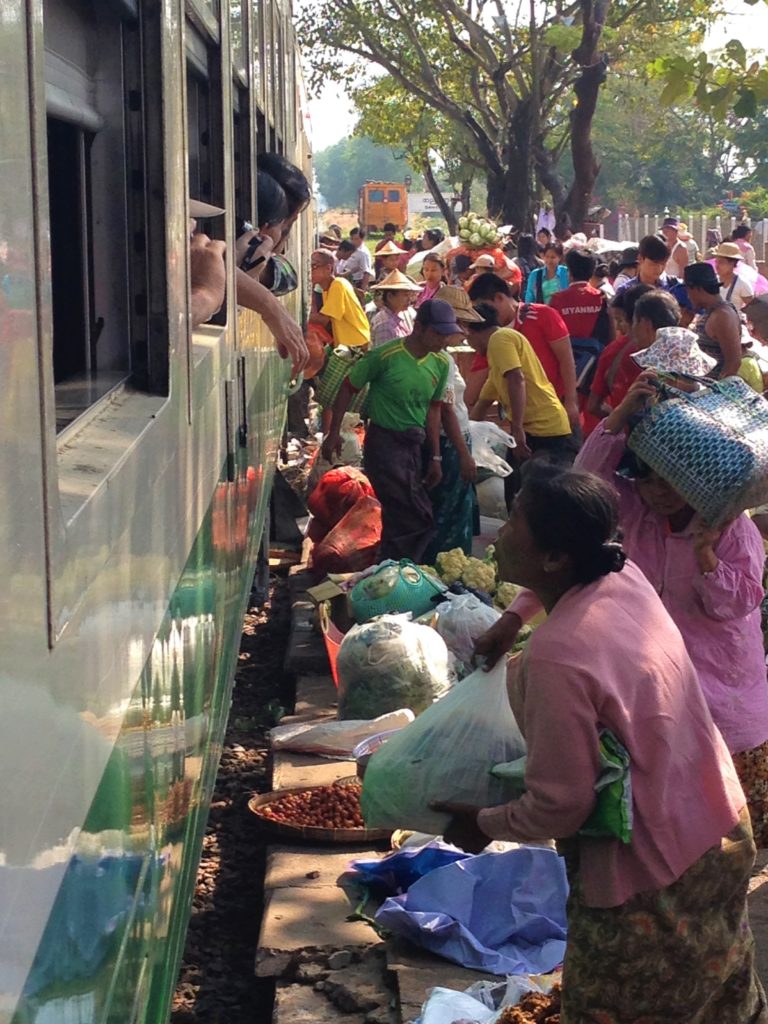
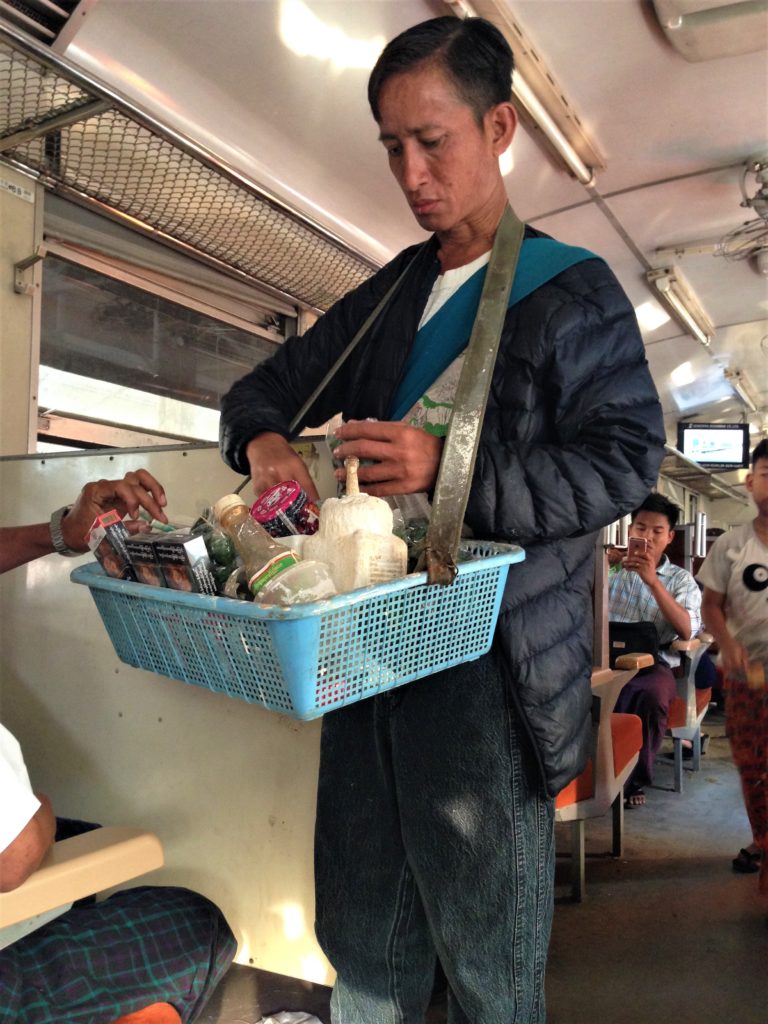
Want to see more of Yangon? I created this gallery to display more of the unique charm of this city.